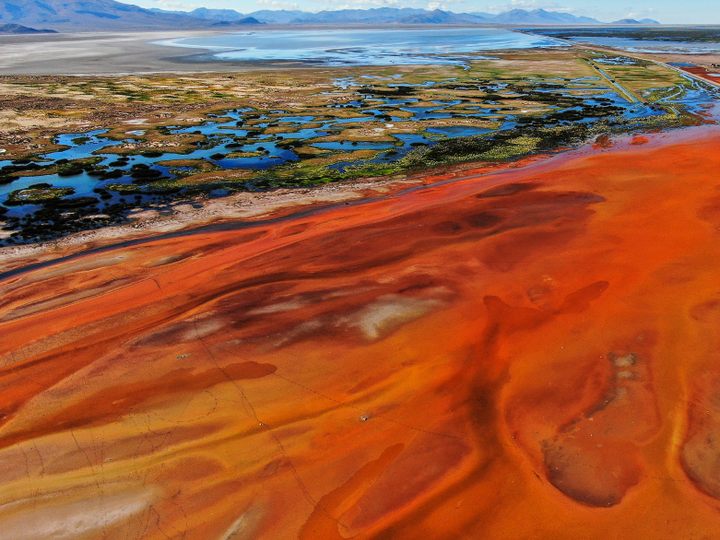
In the Andes, Bright Colors Tell the Dark Story of a Dying Lake
Bolivia’s Lake Uru Uru faces an uncertain future: a growing city, toxic runoff, and drought worsened by climate change.
A vivid slash of unsettling color cuts across the shores of Bolivia’s Lake Uru Uru, more than 12,000 feet above sea level. The bright oranges and reds evoke the costumes of an elaborate, ancient annual carnaval held nearby in Ororu, the country’s fifth-largest city. In the past, the lake itself seemed to turn pink when thousands of flamingos visited for several months each year.
Now the lake and its city make headlines for the wrong reasons. Increasing urbanization is outpacing infrastructure and has fouled the waters with sewage and clogged them with trash. During a campaign earlier this year to raise awareness of the lake’s dire state, volunteers waded into its muddy edges to collect plastic bottles and other debris, which were then hauled away by the truckload.
Mounting garbage is only one of the problems, however. The shallow lake, which formed in the 1960s when a natural accumulation of sediment changed the course of the Desaguadero River, may not be with us much longer. Regional droughts exacerbated by climate change cause water levels to drop seasonally, and sometimes precipitously. Its neighbor, Lake Poopó, once the second-largest lake in the country (after Lake Titicaca), is all but gone, and not expected to recover.
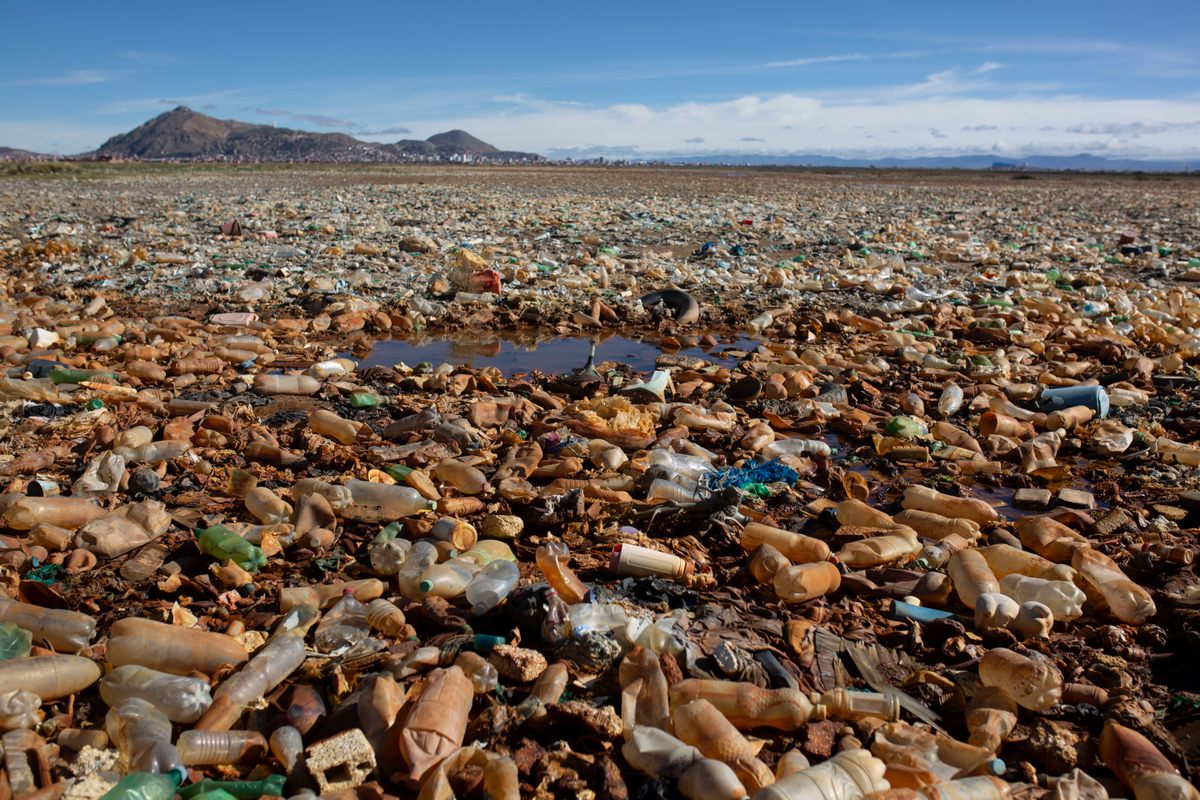

But perhaps the biggest threat to Uru Uru, and the source of those stunning colors, is mining runoff. “In the past, silver was exploited, and currently tin, gold, and antimony are extensively exploited [around] the lake,” says Joseline Tapia, a Chilean geologist and environmental geochemist who has studied Uru Uru.
Tapia says the blazing sunset shades in the image above are the result of toxic runoff from a tin mine. “The red colors are generally related to iron oxides and hydroxides,” from the mining operations, she says. The visible patches of green, she adds, are aquatic plants such as totora and ruppia.
“The first time I saw those red-orange colors I felt sadness,” says Tapia. She remembers the lake in better days, when mining operations and other stressors were not as extensive. “It was highly rich in diversity, and the flamingos were marvelous.”


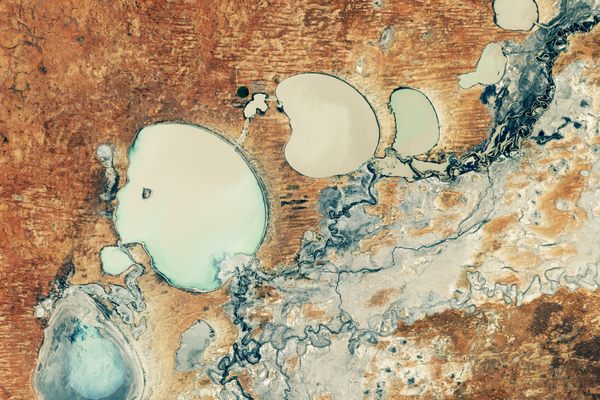
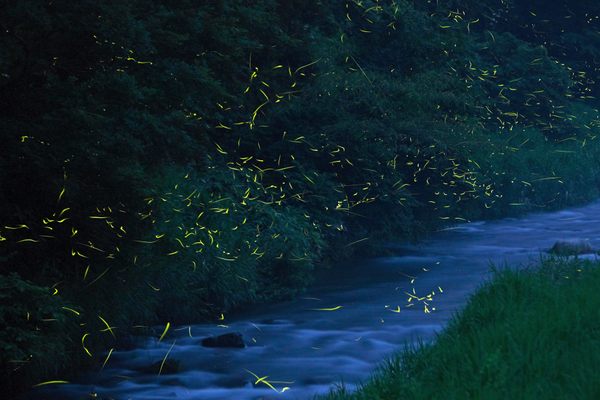
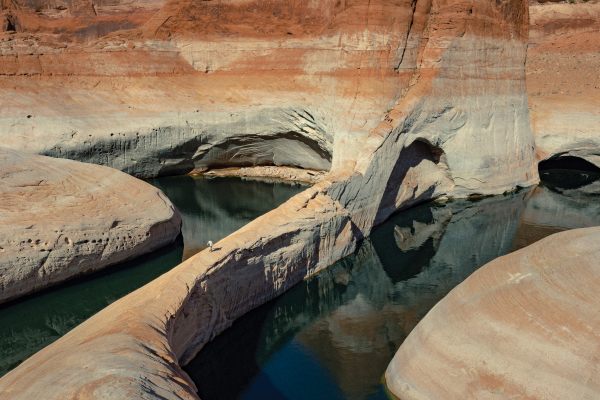









Follow us on Twitter to get the latest on the world's hidden wonders.
Like us on Facebook to get the latest on the world's hidden wonders.
Follow us on Twitter Like us on Facebook